Choosing the right saw for the job depends on many factors including the type of wood you’re cutting and the type of cut you need to make. Each type of saw has its own unique specialty. Cutting a straight line can be done with any saw, but we all know it’s much easier to use a table saw, track saw, or other circular saw for that particular job. Ever tried ripping an 8 foot board using a jig saw? It’s doable, but not preferable.
We see a lot of great reviews from people who like trying out new things and not so great reviews from people who prefer the sturdiness of the table saw. Which goes back to the previous statement about choosing the type of saw you will use based on the type of cut you need and the type of wood you’re cutting. Some saws simply do better with softwoods where others excel with hardwoods.
Potential Pros and Cons with Track Saw vs. Table Saw
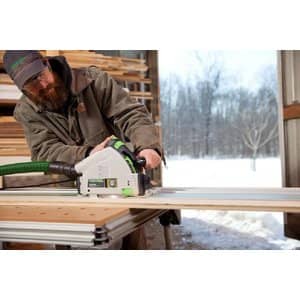 Both saws are perfect for what they’re designed to do. The table saw is larger, obviously, and more difficult to move from jobsite to jobsite. The track saw is much easier because you can tuck the track under your arm, carry the saw with one hand, and you’re good to go. Don’t let the lighter weight fool you, though; it packs a serious punch for most jobs.
Both saws are perfect for what they’re designed to do. The table saw is larger, obviously, and more difficult to move from jobsite to jobsite. The track saw is much easier because you can tuck the track under your arm, carry the saw with one hand, and you’re good to go. Don’t let the lighter weight fool you, though; it packs a serious punch for most jobs.
The table saw seems stronger and is able to cut thicker slabs of exotics and hardwoods. It’s designed to work for hours on end with very few breaks, and that’s where it excels. It is generally the saw of choice for production workshops and other large static locations.
The track saw is great for ripping boards, cutting trim, and providing splinter-free cuts across panels. The track saw is also excellent when used as a plunge saw because you can set it to a precise depth and it won’t fail you. You have the ultimate in control when working on wood flooring or sub flooring, for example.
Everyone we’ve spoken to and most trusted websites give the track saw rave reviews. People say it feels safe and report that the track does not slide or move while in use. Mobility seems to be the deciding factor when choosing the right saw for the job, and the track saw simply offers more mobility than a table saw.
Brands of Track Saw
DeWalt and Festool seem to have the biggest market on track saws while Makita is moving on strong. All 3 brands offer sets that include the saw and tracks.
Your Thoughts?
So, are you prepared to face life without a table saw? Do you think a track saw can completely replace a table saw or will you continue using both for their intended purposes?
We believe that the table saw will always have its place, even if it’s in a workshop or classroom setting. We do see the benefits of using a track saw and recommend that everyone gives it a try. Sometimes change is good, right? You may just discover your new favorite saw.

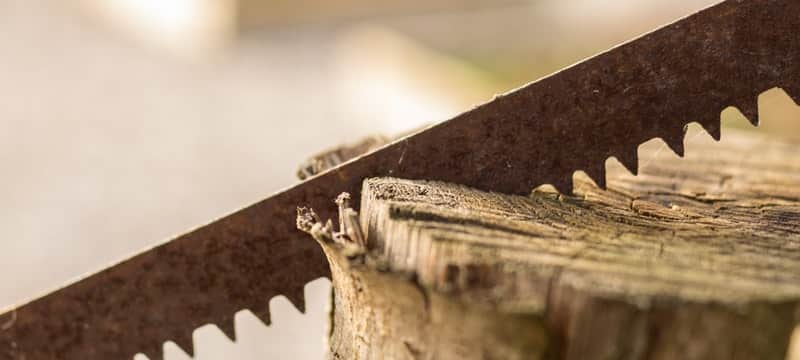



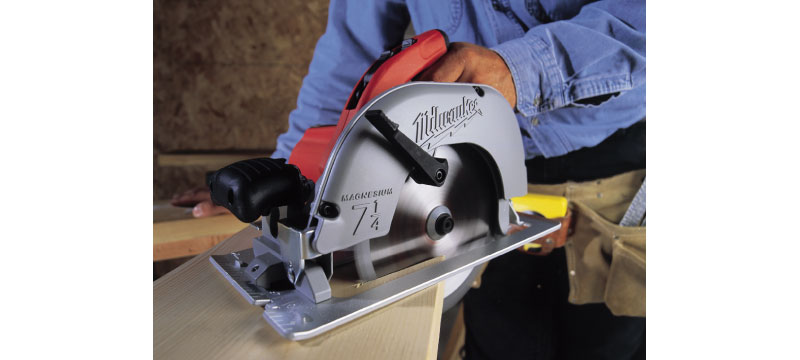
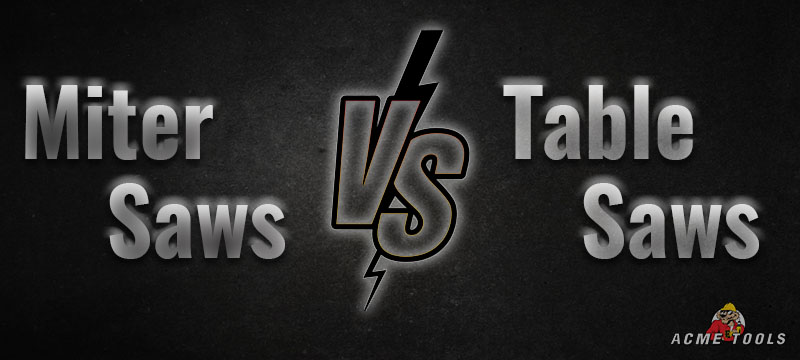
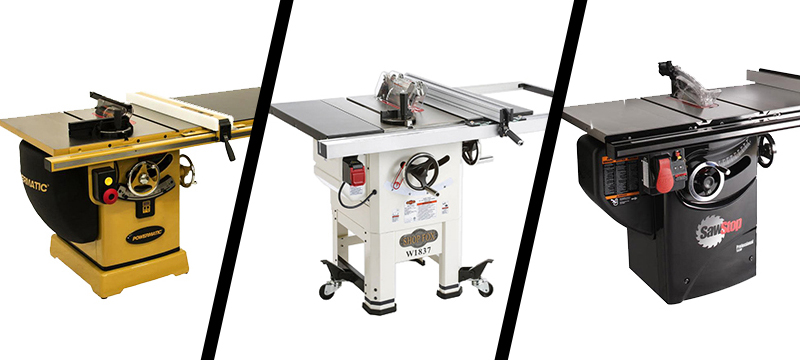
8 Comments
Oliver Hayden
January 16, 2018 at 9:14 amHIi,
How are you.
It would like to know, do you export to Ireland.
Thank you,
Oliver Hayden.
Acme Tools
January 16, 2018 at 12:34 pmHello, Thank you for your comment. We do not directly export outside of the United States, however, you may place an order on our website using PayPal and have the item shipped to a Freight Forwarder. The Freight Forwarder would then ship the item to you in Ireland. You are responsible for choosing the Freight Forwarder and for all of their charges and fees.
Thank you,
Acme Tools
S_k_s_l
June 28, 2018 at 7:37 amThis “article” doesn’t answer its own question. Please stop clogging Internet search results with useless content. To help out I will provide the answers this lazy author is begging for in their comment section.
Whether or not a track saw can completely replace a table saw: The answer is no. However, it can substitute in most cases if space (either in the work vehicle or on the job site) is at a premium, and convenience can take a back seat to compactness.
A track saw generally works better than a table saw for breaking down sheet goods on the job site. It is very easy to lay the track and cut down a stationary 4’x8′ sheet. It is much more difficult to manhandle and accurately move a full sheet through jobsite table saw setups. The track saw can also cut long angles on sheets that would be a huge pain with any job site table saw.
In a stationary shop where one would presumably have an enormous support and outfeed setup, then the table saw will be superior for repeat cuts with full sheets. Gang cuts are possible with the track saw, but the number of simultaneous cuts is limited by sheet thickness and saw cut depth. In a nutshell, up to 3 or 4 identical cuts, it’s 50/50 either tool in the shop setting. More than that and I’d prefer the table saw.
A table saw is superior on the jobsite for ripping narrow stock since the track saw cannot cut less than the width of its own track without a support jig. While narrow rips CAN be done with the track saw, it is much more cumbersome and slow for repeat cuts.
Rabbets and dados can be cut with either, though the track saw can only remove one blade width at a time, and the table saw works best of you take a couple minutes to swap the regular blade for a dado stack. On the job site, neither is as efficient as a router with a guide fence so I’ll say it’s 50/50 either saw in this category.
In a production cabinet shop, one would likely have a dedicated table saw for dados, thus negating the disadvantage of having to change blades. So for rabbets and dados a track saw is inferior in a shop setting.
The table saw can employ a sled for repeat crosscuts & miters, and can use dozens of other jigs for box joints, dovetails, cove cuts, etc. The track saw cannot do these things.
All told it’s best if you can acquire both for site work. Even if you have to improvise and can only afford a clunker table saw, a plywood/Masonite guide track for a regular circ saw, and a a solid-flat-portable workbench/outfeed table. I’d rather roll with that setup than have all my money into one tool or the other.
Hopefully this helps somebody.
Acme Tools
June 28, 2018 at 8:15 amHello, Thank you for your comments. We appreciate all of your valid points on how a track saw can replace your table saw and other circular saws. We agree that a track saw cannot fully take the place of a table saw but it does shine in several areas so instead of replacing a table saw the track saw can compliment a table saw.
Thank you,
Acme Tools
Jonathan
August 23, 2018 at 6:49 amCouldn’t agree more. Bravo.
James
September 3, 2018 at 9:50 amYes, this *did* help someone!
I’ve been struggling with / not feeling great about breaking down 4×8 sheets on my job site table saw. Your last few sentences likely describe the ideal combination of tools / setup for my hobby woodworking needs.
Trace
November 21, 2018 at 8:38 pmI still prefer to make repetitive, long rips (more than 6 feet) with a table saw. However, for the past two years I’ve used a portable track saw table from a small company called Eureka Zone. I had to learn a new work flow, crosscuts before rips and such, but it really is safer and faster. Plus, the company does a great job with custom applications of their system. On the other hand, if I decide to buy another table saw, Sawstop best iteration of 19th century technology to date.
Stacey Jones
September 26, 2021 at 5:37 pmI’m just getting my shop setup in preparation to start learning woodworking. I’ve already purchased a Dewalt RAS, a Shopsmith, a jointer/planer/Molder and a dedicated Planer. I am really cautious and concerned about safety. I’m not sure how much ripping I might need to do. Probably not much. That said, I was thinking a good quality cordless jigsaw or track saw would be safer than a table saw. Frankly, just my humble opinion, but table saws seem like the most dangerous type of woodworking tool with the possible exception of the RAS, and I think if you don’t rip on a RAS, it may be safer. What do the experienced folks think?